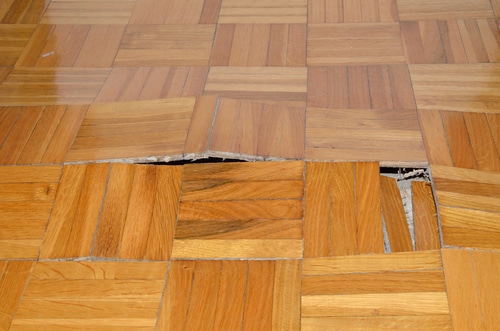We've stumbled upon this post pertaining to Leaking water lines listed below on the net and felt it made good sense to share it with you in this article.
.jpg)
Early discovery of dripping water lines can reduce a prospective calamity. Apart from saving you money, it will certainly minimize the stress as well as stress. The moment you locate a leakage, calling your plumber for repair services is the very best remedy. Some little water leakages may not be visible. Below are some hacks that assist if you can not discover it with your naked eyes.
1. Analyze the Water Meter
Every house has a water meter. Inspecting it is a surefire manner in which helps you find leakages. For beginners, turn off all the water sources. Guarantee no one will certainly purge, use the faucet, shower, run the cleaning maker or dishwasher. From there, go to the meter and also watch if it will alter. Given that no person is using it, there should be no motions. That shows a fast-moving leak if it relocates. If you find no changes, wait a hr or two and examine back once again. This suggests you might have a slow leak that might even be underground.
2. Inspect Water Consumption
If you detect abrupt modifications, in spite of your intake being the exact same, it means that you have leaks in your plumbing system. An unexpected spike in your bill suggests a fast-moving leak.
Meanwhile, a consistent rise each month, despite the very same practices, reveals you have a slow-moving leak that's likewise slowly escalating. Call a plumber to thoroughly examine your building, especially if you feel a warm area on your floor with piping underneath.
3. Do a Food Coloring Examination
When it comes to water usage, 30% comes from toilets. If the color in some way infiltrates your dish during that time without flushing, there's a leak between the tank as well as dish.
4. Asses Outside Lines
Do not forget to examine your exterior water lines as well. Test faucets by attaching a garden hose pipe. Should water permeate out of the link, you have a loosened rubber gasket. Replace this as well as make sure all links are tight. It will certainly assist obtain it expertly analyzed as well as preserved annually if you've got a sprinkler system. One small leakage can waste tons of water as well as surge your water bill.
5. Assess the situation as well as evaluate
House owners should make it a habit to inspect under the sink counters and even inside cupboards for any bad odor or mold and mildew development. These 2 warnings suggest a leak so punctual attention is called for. Doing regular inspections, even bi-annually, can conserve you from a significant issue.
Check for discolorations and also deteriorating as a lot of pipes and also devices have a life span. If you suspect leaking water lines in your plumbing system, do not wait for it to escalate.
Early detection of dripping water lines can mitigate a potential catastrophe. Some little water leaks might not be noticeable. Inspecting it is a surefire means that helps you uncover leakages. One small leakage can waste tons of water and also increase your water bill.
If you presume dripping water lines in your plumbing system, don't wait for it to rise.
How to Know If Your Home Has a Hidden Leak
Water Meter Reveals Inexplicable Water Usage
If you’d like to test whether or not there’s a leak somewhere in your home, you can do this using your water meter. Here is how to conduct the test:
Don’t use any water in your home for at least 30 minutes; this also means not turning on faucets or water-using appliances.
Go outside, and check your water meter for activity.
If your water meter shows that there was activity, even though no one was using any water, this proves that there is a leak in your home.Visible Mold or Mildew Growth
Leaks behind walls create moist, dark environments that allow mold and mildew to grow and thrive. Eventually, you might see mold growth forming on the wall closest to a hidden leak.
If mold is growing in an area that receives a high amount of moisture, such as a bathroom, it may simply be an indication that better ventilation is needed. However, if you see mold growth on a wall or the ceiling in an area where you would not expect, you probably have a hidden leak.
Musty, Mildew Odor
Sometimes you might not be able to see the mold or mildew that is growing as a result of a leak. However, the smell can give the problem away just as easily. If you catch a whiff of something musty, there’s a good chance that old water is collecting somewhere in your home that you can’t see.
Stained/Warped Walls, Ceilings, or Floors
When your home soaks up water, a variety of red flags can become visible, including ceiling stains, bubbling drywall, warped walls, and sagging floors. While these issues can be caused by excess humidity, they can also be signs that a pipe or plumbing connection has started leaking behind your walls.
Inexplicably High Water Bill
After a while, you get a general sense for what your water bill should be. If you own a pool or sprinkler system, your bill will tend to be higher during summer. However, if you receive a water bill that seems especially high, and you can’t figure out what caused it, then you may have a hidden leak somewhere that’s increasing your bill.
https://www.plumbingjoint.com/blog/2019/july/how-to-know-if-your-home-has-a-hidden-leak/

I was shown that editorial on Leaking water lines from a friend on another domain. For those who enjoyed reading our page if you please do not forget to pass it around. I enjoy reading our article about Leaking water lines.
Reliable every time!